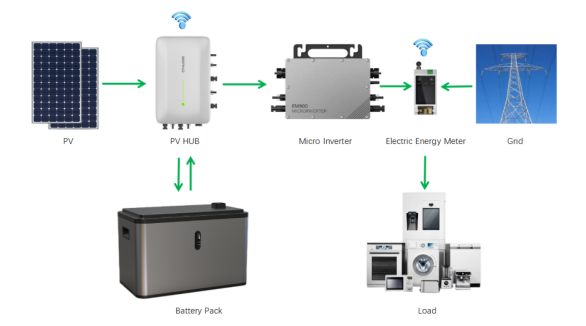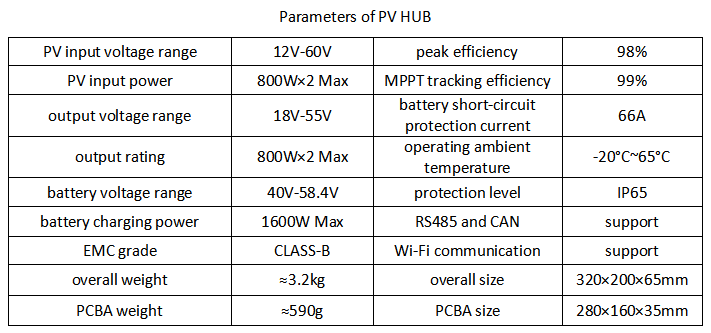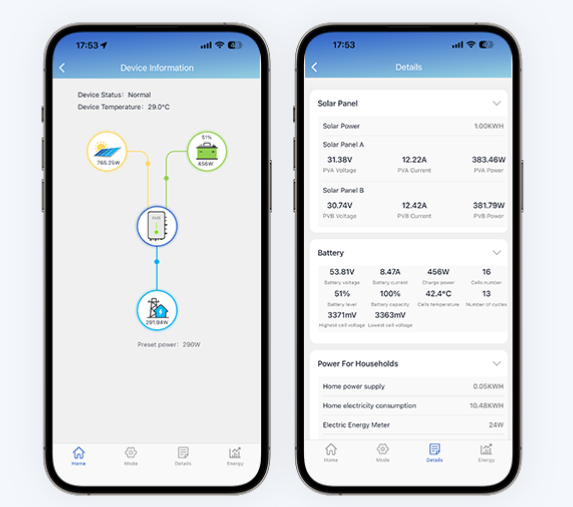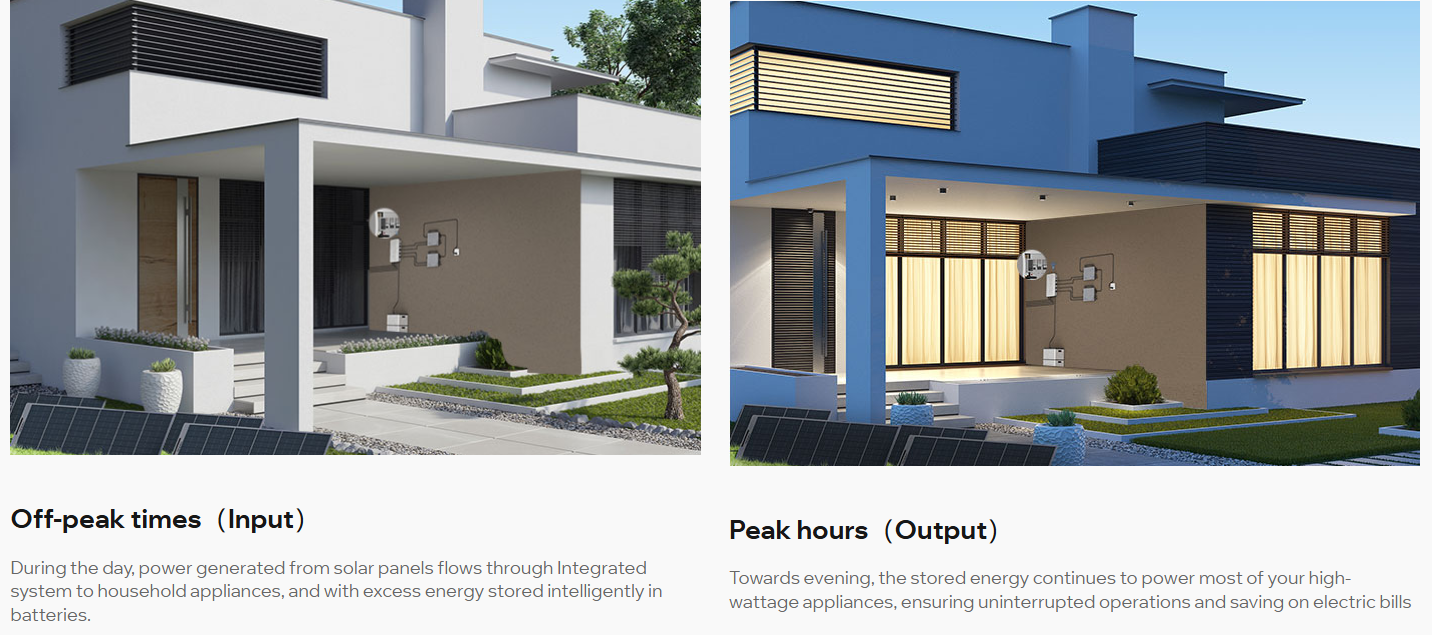The solar industry continues to grow rapidly as we move toward a more sustainable future, and PV hubs are at the heart of solar energy systems. These essential devices connect solar panels to the rest of the energy infrastructure, including charge controllers, inverters, and batteries. The PV hub optimizes energy generation, storage, and distribution in a solar setup, making it a critical component for modern solar systems.
What Does a PV Hub Do?
A PV hub is a key component in any solar power system. It acts as the central unit that connects solar panels, batteries, inverters, and the electrical load. The primary function of a PV hub is to ensure efficient energy collection, conversion, storage, and distribution. Here's a breakdown of what a PV hub does:
1. Optimizing Energy Collection and Storage
The PV hub ensures that the energy generated by the solar panels is stored efficiently in lithium batteries or sent to the power grid. It helps maximize solar energy collection by continuously regulating the system's energy flow.
2. Managing Solar Power Distribution
Once the energy is stored in batteries, the PV hub manages the power distribution to different components of the system, including the electrical load and the grid. This allows homeowners to use solar power during the night or in case of power outages, enhancing energy independence.
3. Connecting to Inverters and the Grid
A micro-inverter is connected to the PV hub, allowing for the conversion of DC power (generated by solar panels) to AC power. The PV hub facilitates this connection while ensuring that excess energy is fed back to the grid when needed.

Key Features of a Modern PV Hub
The latest PV hubs are equipped with advanced features that improve system efficiency, safety, and ease of use. These features are key to enhancing the overall performance of solar energy systems and enabling homeowners to manage their energy more effectively.
1. Next-Gen MPPT Technology
MPPT (Maximum Power Point Tracking) is a critical technology that helps maximize the power output of solar panels. Next-gen MPPT controllers are designed to adjust the operating point of solar panels in real-time based on environmental factors such as sunlight intensity, temperature, and shading. This ensures that the panels operate at their maximum efficiency, even in changing weather conditions.

2. Solar Power Charge Controllers
Solar power charge controllers are essential for managing the energy coming from solar panels into the battery storage. The PV hub works closely with the charge controller to ensure the batteries are charged correctly, protecting them from overcharging and ensuring longevity.
3. PV Hub Apps for Real-Time Monitoring
Modern PV hubs often come with integrated PV hub apps that allow users to monitor energy production, consumption, and storage remotely. These apps help homeowners track their solar system’s performance in real time, providing valuable insights into energy usage, efficiency, and potential issues.

How PV Hubs Contribute to Energy Efficiency and Sustainability
In 2025, the PV hub is not only about efficiency and power distribution but also about contributing to the broader goal of sustainability. With the growing global demand for renewable energy solutions, PV hubs are becoming more intelligent and eco-friendly.
1. Enabling Smart Energy Management
PV hubs work in tandem with smart home systems to ensure efficient energy usage. With advanced energy management features, these hubs can optimize the use of solar energy based on real-time consumption patterns, weather forecasts, and energy prices. This integration allows homeowners to minimize their energy bills and reduce reliance on grid power.
Smart energy management benefits:
· Energy optimization: Maximize the use of solar energy while minimizing grid reliance.
· Cost savings: Reduce energy bills by using more self-generated solar power.
2. Facilitating Energy Storage for Sustainability
As solar storage technology advances, PV hubs will continue to play a central role in managing battery systems that store excess solar energy for later use. The ability to store solar energy efficiently allows homeowners to reduce their reliance on fossil-fuel-based grid power, contributing to a reduction in carbon emissions.
Benefits of Energy Storage:
· Reduced Carbon Footprint: Less reliance on non-renewable energy sources.
· Balanced Load of Electricity : Store energy for use during cloudy days or peak hours.

The Future of PV Hubs in Solar Power Systems
As we approach 2025, PV hubs will continue to evolve with the latest advancements in solar power technologies. Here are some key trends to watch for in the coming years:
1. Enhanced Battery Integration
In the future, PV hubs will integrate more advanced energy storage solutions, allowing for larger capacities and faster charging times. This will help homeowners store more solar energy, reducing their dependence on the grid and further enhancing the sustainability of solar systems.
2. Increased Interconnectivity with Smart Grids
With the rise of smart grids, PV hubs will be able to interact with the grid in real-time, optimizing energy distribution based on demand and supply. This smart integration will allow for more efficient energy usage across households, businesses, and utilities.
3. Advanced AI and Machine Learning
AI and machine learning will revolutionize PV hubs by improving system performance, predicting maintenance needs, and automating power distribution. These technologies will enable PV hubs to learn from environmental conditions and adjust energy flows dynamically, ensuring optimal performance and minimizing waste.
The Conlusion
The future of solar energy systems in 2025 will be defined by smarter, more efficient technologies that make the most of the energy we generate. PV hubs will play an essential role in this evolution by integrating next-gen MPPT, advanced solar power charge controllers, and real-time PV apps for optimal energy management. With sustainable energy storage solutions and smart grid integration, PV hubs will help homeowners and businesses lower their carbon footprints and take full advantage of the renewable energy available to them.
The journey toward a more sustainable and efficient energy future starts with smarter PV hubs, and as the technology continues to advance, these hubs will become even more essential in shaping the future of solar energy.


